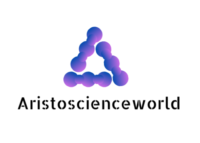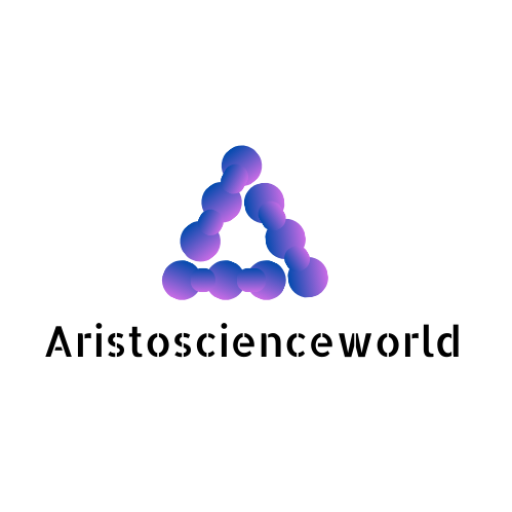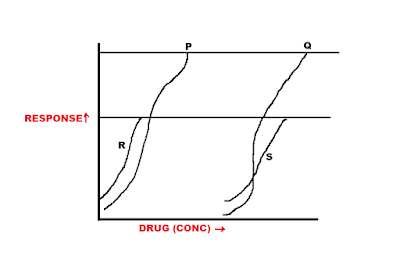This part signifies factors that affect vaccine production and how a vaccine works. We have already seen the basics of the immune system in part 1. Innate and adaptive immunity plays a significant role in host defence. There are majorly five types of vaccines that occur (Attenuated, Inactive, Subunit, DNA, Recombinant); Also, we’ve seen the vaccine types in part 2.
Vaccines:
Imagine a person infected by a pathogen. The human immune system needs more time and energy to vanish that pathogen, and the immune system should be more assertive. If the time goes up, the pathogens multiply quickly, and the immune system gets weak. So the immune system needs some help to defend our body. In that case, vaccines work as a helper to protect our bodies. Vaccines are in liquid forms that will not fight against pathogens, but they’ll train our immune system to fight against the pathogens. For example, to fight in wrestling, one should practice already like that, vaccines use the pathogens to kill pathogens, but they use vaccines in the inactivated forms.
How do vaccines work?
For instance, we have compared vaccination to war. Consider a battle as our body’s defence mechanism from pathogens, soldiers as the immune system, finally, weapons and enemies are the antibody and pathogens. Here, vaccines are the boot camp of the soldiers. In Boot camp, soldiers enhance their ability to fight against enemies like that; vaccines are the teachers that teach our immune system to fight against pathogens and take a memory of them. Vaccines have the suspension of inactivated/ subunit/ killed forms of that pathogens, which triggers our body’s immune system that recognizes and destroy the pathogens by the production of antibodies and macrophage’s phagocytosis(engulfing and toxicate the pathogens), and this also starts the second line of defence called as Adaptive immunity and store the pathogen’s memory as B and T memory cells. Once the pathogens invade the vaccinated human body, they will easily be recognized by the immune system and destroyed.
Factors affecting vaccine production:
1. Safety and efficacy of vaccines
2. Efficacy
3. Potency
4. Effectiveness
Safety and efficacy of vaccines:
The vaccine should be tested for its safety and efficacy. First, the vaccine’s safety is measured for the least lowered risk factors and a minimal amount of side effects or no side effects to prevent the disease from pathogens. A clinical trial of vaccines proves this, and majorly there are three clinical trials for a new vaccine/drug. All the clinical trials are listed below,
Zeroth phase:
In this phase, healthy volunteers are injected in a micro-dose of vaccine/drug to know pharmacokinetics.
Clinical phase I trial:
Human pharmacology and safety are conducted on healthy volunteers around 20 – 100 to know the tolerance dose of the vaccine/drug.
Clinical phase II trial or therapeutic exploratory:
In this phase, 100 – 200 patients have injected the vaccines to establish the therapeutic efficacy, dose-ranging, and ceiling effects.
Clinical phase III trial or therapeutic confirmatory:
This phase treats up to 5000 patients to confirm the phase II results.
Clinical phase IV trial or post-marketing surveillance:
Many patients are being treated to know the rare and long-term adverse effects in this phase. Pregnant ladies and children are treated in this phase.
Efficacy:
Maximum response of a vaccine/drug is called efficacy.
Potency:
The amount of vaccine/drug that induces the desired response is called potency. More potency refers to less concentration of vaccine/drug.
We can understand the concept of efficacy and potency From the above graph. For P and Q, Potency P > Q, efficacy P = Q. and For R and S, potency R > S, efficacy R = S. In these four, P Vaccine has less concentration and more response. So, P is the better vaccine compared to the other three vaccines.
Effectiveness:
There is a difference between the efficacy and effectiveness of a vaccine/drug. Efficacy tells how much the vaccine prevents disease, while effectiveness implies the vaccine’s real-world degree of performance.
Vaccines take so much time to produce. Why?
As we know, vaccines are a suspension of killed/inactivated pathogens. So it will cause any adverse or side effects to the body early or in the future. To avoid that, we have to perform the safety and efficacy of vaccines well. It will take so much time to achieve more safety and effectiveness. Therefore vaccines need more time to produce.
Discover more from Aristoscienceworld
Subscribe to get the latest posts sent to your email.



